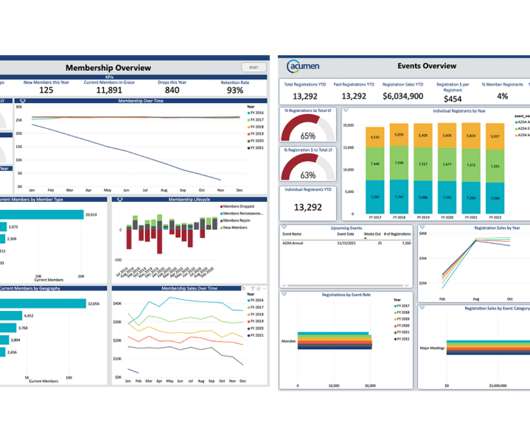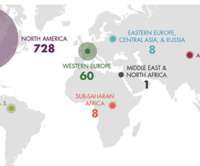Level Up Your Marketing with Analytics
Association Analytics
OCTOBER 10, 2022
Fortunately, with data, we can better understand members’ behavior and which marketing channel is most effective to reach our members. In addition to the tools, a very important piece of successful marketing is Taxonomy & Metadata – the foundation of your marketing. This is how you organize and describe your data.












Let's personalize your content